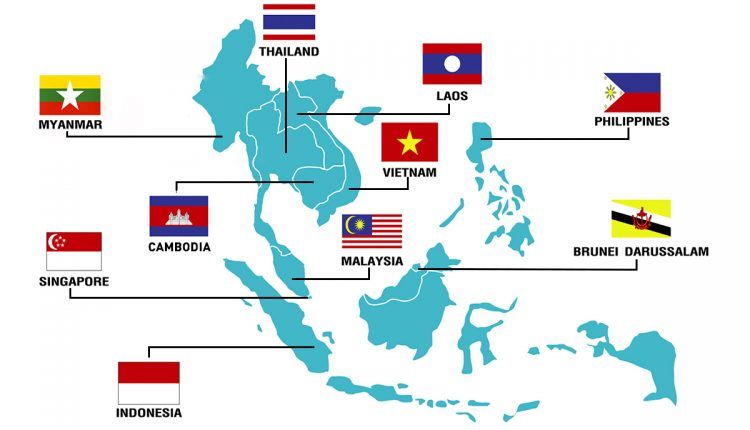
ASEAN 2019-2023: CHALLENGES AND RISKS
The Development Center of the Organization for Economic Cooperation and Development recently published a study entitled “Economic Prospects for Southeast Asia, China and India 2019”, which analyses the challenges and risks to which members of Asean, China and India will face the period 2019-2023. In the case of Asean, it starts with the Philippines, Indonesia, Malaysia, Thailand and Vietnam, and it is precisely these countries that we are going to refer to first, leaving for successive deliveries Brunei and Singapore, on the one hand, and Cambodia, Laos, Myanmar, on the other.
Growth forecasts of ASEAN countries
In General, the average annual growth forecasts are around 5.2, with a maximum rate of Philippines (6.6), followed by Vietnam (6.5), Indonesia (5.3), Malaysia (4.6) and Thailand (3.7), depending on these forecasts, ultimately of circumstances Policies, such as elections to be held in Indonesia (2019), Thailand (2019) and the Philippines (2022); of legal circumstances, such as the liberalization of regulatory frameworks and the streamlining of administrative procedures; And the implementation of numerous ambitious infrastructure programmes, such as the Eastern Economic Corridor in Thailand, the Special Economic Zones in Vietnam, or the National Strategic Projects in Indonesia.
Investing in the digital economy
Alongside these challenges, these countries confront others, highlighted by Asean Secretary General, Dato Lim Jock Hoi, as the development of the digital economy, whose investments up to the year 2025 could add up to more than 200 billion dollars , or the creation, in this area, of Digital Free-Trade Zones, as is the case of Malaysia, in collaboration with Alibaba, in order to promote cross-border transactions and e-commerce, which will mark, in these and other countries, the future course of the Economy.
These challenges are not exempt from risks, characterized today, in large part, by increasing restrictions on international trade, which are beginning to affect exports, fortunately compensated by domestic consumption in some cases ( Indonesia, Malaysia, Thailand, Vietnam) or by remittances sent from emigrants in others (Philippines). However, in spite of this forward wind, the economies of these countries present a development potential that is significantly higher than in other areas, which makes them remain important sources of attraction for foreign investment.
